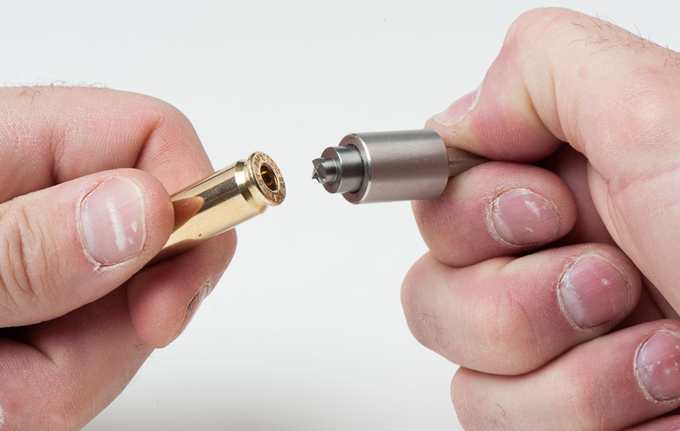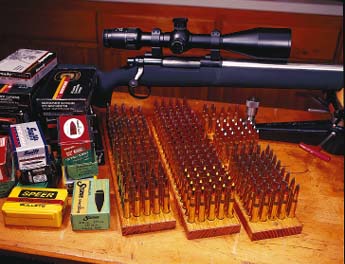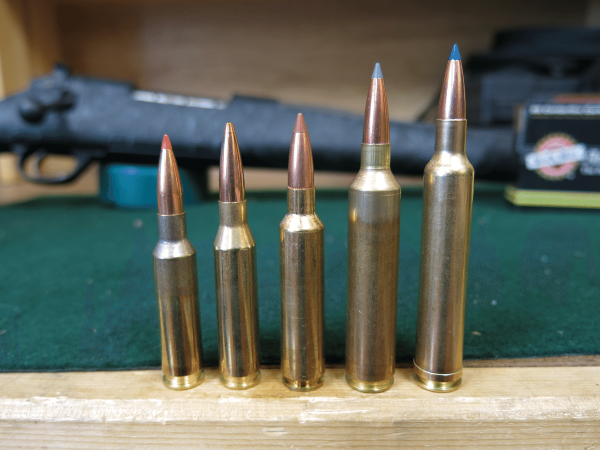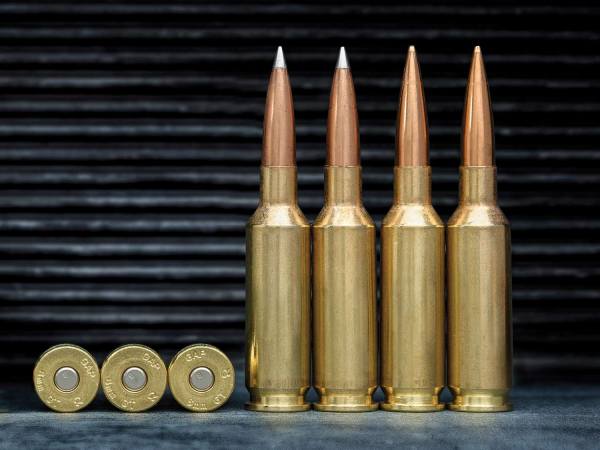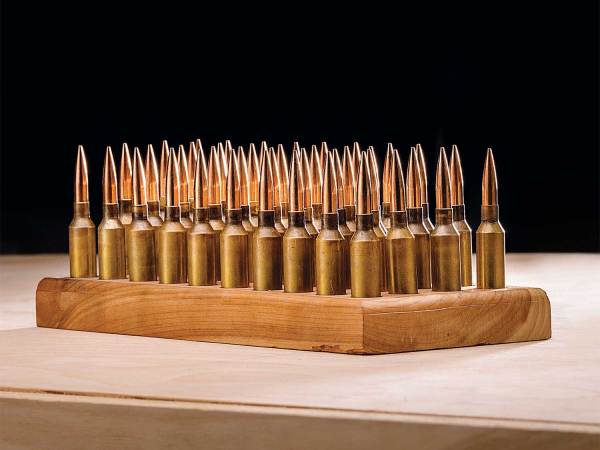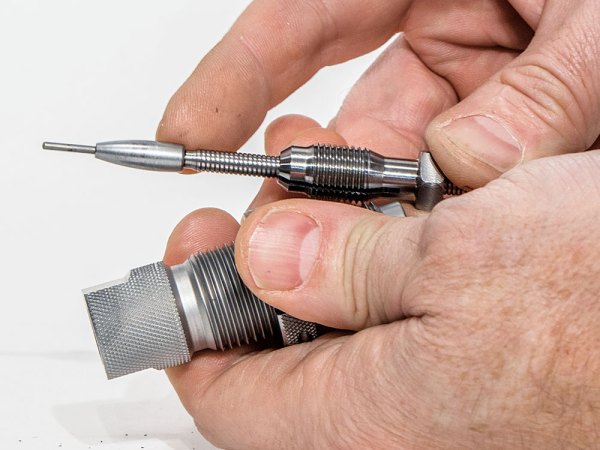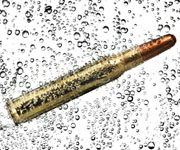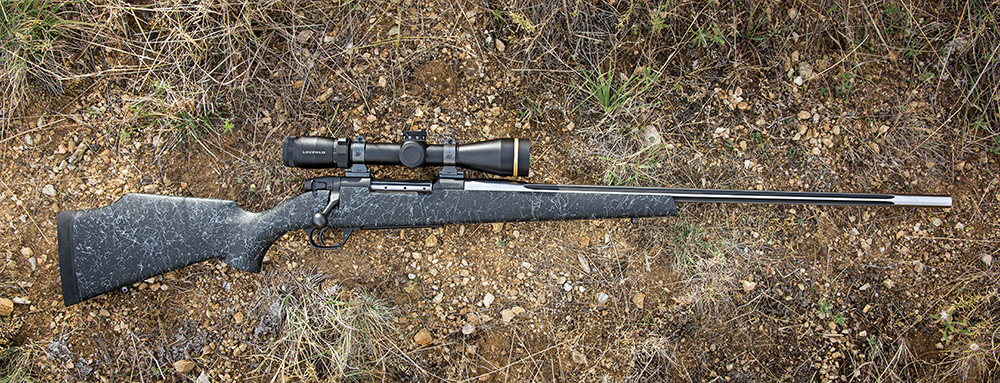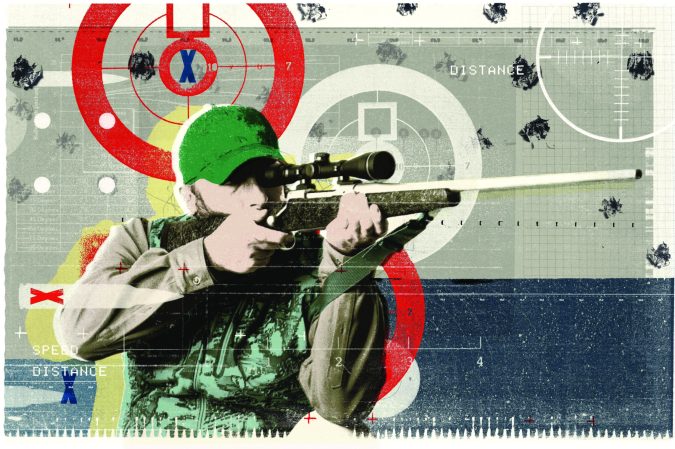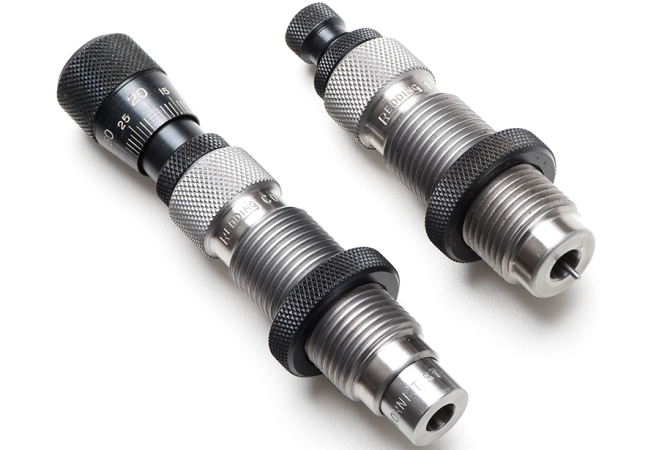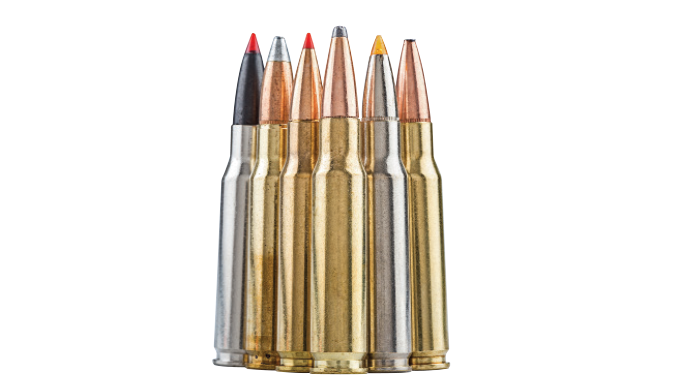We may earn revenue from the products available on this page and participate in affiliate programs. Learn More ›
Photos by Rab Cummings
Accuracy with reloads requires consistency. You are building cartridges that precisely fit your rifle’s chamber, with bullets seated as close to the lands as needed for maximum performance. Of course, this assumes you have an accurate rifle to begin with. Handloading can turn a 1 MOA rifle into a ½ MOA, maybe a ¼ MOA rifle, but it isn’t likely to convert a 2 MOA rifle into anything to brag about.
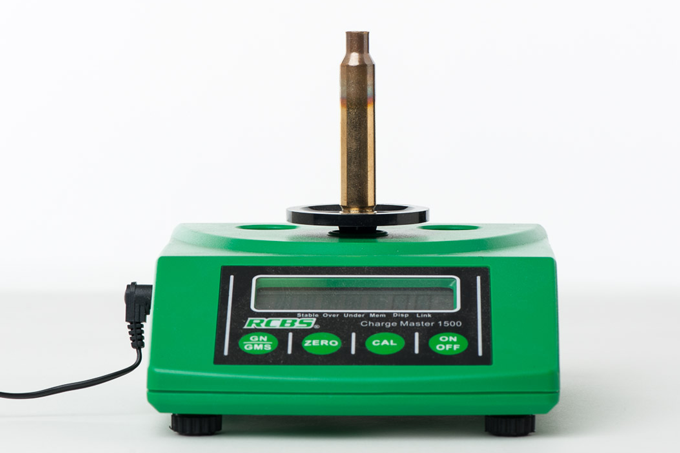
Select your brass. Use brass from the same maker and if possible the same lot. Sort and select cases by weighing each. Keep those within ½ grain of the mean weight. (This rule also applies to selecting bullets.) Norma and Lapua brass are famous for quality, or you can buy loaded ammo, fire that, and save the brass. The advantage to using once-fired brass is that it has already been expanded to your rifle’s chamber dimensions, setting you up for minimal resizing.
Square primer pockets to an even depth and debur flash holes.
Resize the cases. Competition resizing dies and/or neck sizing dies will contribute to accuracy. Neck sizing leaves case bodies at the sizes they expanded to when fired in your rifle, for a more precise fit. I recommend using Redding Type-S sizing dies with interchangeable “floating” neck bushings.
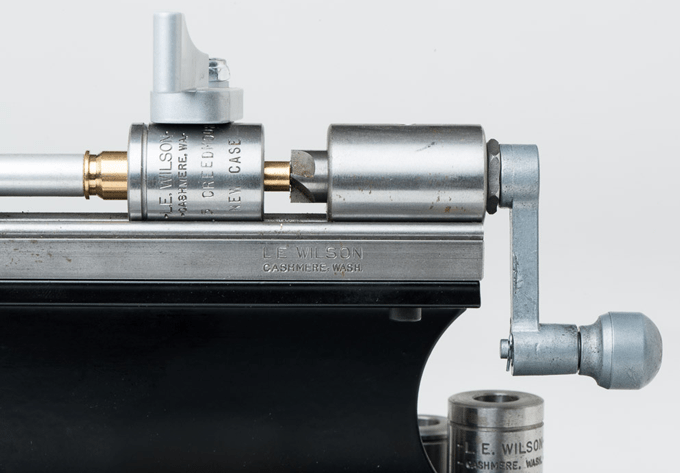
Trim cartridges to a consistent overall length. Chamfer (bevel) inside the mouths slightly to minimize bullet scoring when seating.
Turn necks. Shave the outside neck to a consistent thickness to create the same tension on each bullet.
Clean all oil from the cases, inside and out. Use cotton swabs to clean inside the neck.
Select the primer and powder from any handloading manual recipe that appears to achieve the velocity or accuracy you seek. There’s no guarantee this will be ideal for your rifle, but it’s a start. Begin with minimum loads.
Seat primers firmly but consistently using a hand-priming tool or Holland’s Perfect Primer Seater. Primer depth has surprising influence on consistent powder ignition.
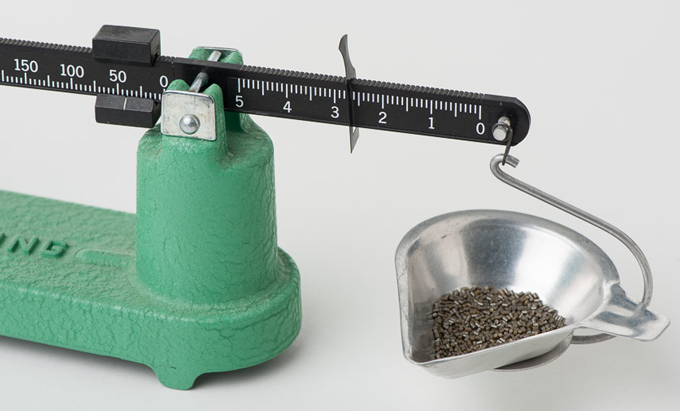
Weigh the powder charges so they’re within a tenth of a grain.
Seat the bullets just off the rifling. You will eventually play with seating depth to find the precise distance from the lands for maximum accuracy. This alone can cut group sizes in half.
Test for groups from a solid bench in calm wind conditions.
If your accuracy is inadequate, try different seating depths first, then different bullets. Consider different primers after that, and lastly different powder. Always start at minimum loading densities when switching any components. Primers can change pressures significantly.
You can check handloads for concentricity by rolling them on a concentricity gauge, checking the bodies, necks, and bullets for their degree of runout. Sizing dies, presses, shell holders, and bullet-seating dies are potential sources of crooked handloads. To reach your accuracy goals, you might have to sort your handloads based on their concentricity. Even the most carefully crafted handloads can vary in concentricity by .006 inch. Select those that have no more than .003 inch of runout to start.
More from Extreme Accuracy:
Perfect Your Trigger Press
How to Master Practical Positional Shooting
Pick a Riflescope
How To Call Your Shots
Calculate Your Shots: Ballistics Software
How To Make Hits At 1,000 Yards
Top Rounds Used in Sniper Matches
Replace a Stock Trigger
